by Wallace Wyss –
I remember clear as a bell when the ’63 Corvette Stingray came out. My friends would call me and report a sighting (this was before e-mail, mind you).
Everybody seemed more excited about the fastback than the roadster.
The Corvette Stingray coupe, with its “split rear window” was oh-so-daring though I think I’d seen this window treatment on an Alfa Romeo pictured in Road & Track years earlier and the same thing was on some small aircraft.
The rollover headlamps were kind of cool, disappearing when not in use.
The gas cap high in the center of the split window’s pointed rear deck was dramatic too.
As well as the interior—lots of gauges and less “space age” than the wanna-be futuristic ’58 through ’52 dashboards.
The engines that first year were all 327 cubic inches, but at least they had a “fuelie,” a fuel injected one as an option. Of course finding a wizard who could tune the damn thing was impossible so a lot of guys spent an afternoon changing over to another intake manifold and a good old fashioned four barrel carb. They probably sold off the FI unit, not thinking, 50 some years from then it’s gonna hurt the resale value if it was built as a fuelie but now has a carburetor.
BONES TO PICK
Now where I began to lose a little of my enthusiasm was with the side vents. They were fake. Then the hood vents. They were fake. Then the roof vents on the coupe. Fake.
Oh the knock off wheels were real, albeit briefly offered in ’64 after being offered and retracted in’63. But they leaked air that first year. So what you got instead in later years was fake knock offs on the hubcaps.
THE DATE WITH THE COBRA
Now Zora Arkus Duntov, GM’s Corvette Stingray guru, had been grooming a racing version, with a huge gas tank, but Carroll Shelby, out on the coast had this new car called the Cobra. Duntov sent at least three of the new Z06 coupes out to the coast to blow that pesky Cobra off the track.
And they did that, in their first meeting at Riverside Int. Raceway. But only because the Cobra broke a stub axle. Once they redesigned that part, the Corvettes, outweighing the Cobra by nearly 1000 lbs., were shown the door at subsequent meetings for years.
Who is responsible for the Stingray coupe design? I kinda think it was my friend, a West Coast hot rodder hired by Bill Mitchell named Larry Shinoda. Shinoda showed me many drawings with his name on it, showing the car looking just as it did in production, except for three taillights per side. In recent years, there have been others who claim to have designed it but I haven’t seen their drawings. To be truthful, you weren’t supposed to take the drawings out of GM Styling, so some designers have memories but no proof.
One thing not to be proud of is a very basic goof. With inward slanting sides from the beltline down, Duntov let slip at an event that it was a “lifting body,” i.e. the car lifted at speed. Later on in racing, they allowed chin spoilers and that helped a bunch. But the basic shape was not as “aero” as GM styling chief Bill Mitchell said it was.
As flawed as the Corvette Stingray was, it was a turn into new territory—flat planes as well as curves, and fastback styling. I know several people that own that year, 1963, because they too remember how daring the car was at the time.
Production hit 21,513 – which split between the new roadster and coupe almost evenly.
Of course, when later Corvette Stingray models came with the big blocks (in ’65, the 396) and the 427 in ’66 and ’67, those big brutes sort of eclipsed the first year Stingrays as far as performance.
Especially the 1967 optional 430 HP L-88 model, a hard car to drive on the street but a rip roarer on the racetrack. Among the goodies that were mandatory to order with it were the “rock crusher” M22 4-speed, J56 heavy duty brakes, J50 power brakes, F41 suspension, K66 transistor ignition, G81 4.56 posi-traction and shoulder harness GM did everything they could to discourage them being ordered for street use, these were intended as race cars so you couldn’t order them with fan shrouds, chokes a radio or as heater. That 430 hp. figure was bogus, they dyno-tested at 560hp.
So the raw brute power of the L88 appeals to me, just as the 427 Cobra is more attractive to me than the 289, but I also like the ’63 Aero coupe because, well, it marked the Corvette’s entry into the modern age.
Let us know what you think in the Comments.
THE AUTHOR: Wallace Wyss is the author of three Corvette books. There are also barn find Corvettes in his Incredible Barn Finds books, available straight from the publisher at 715 381 9755.
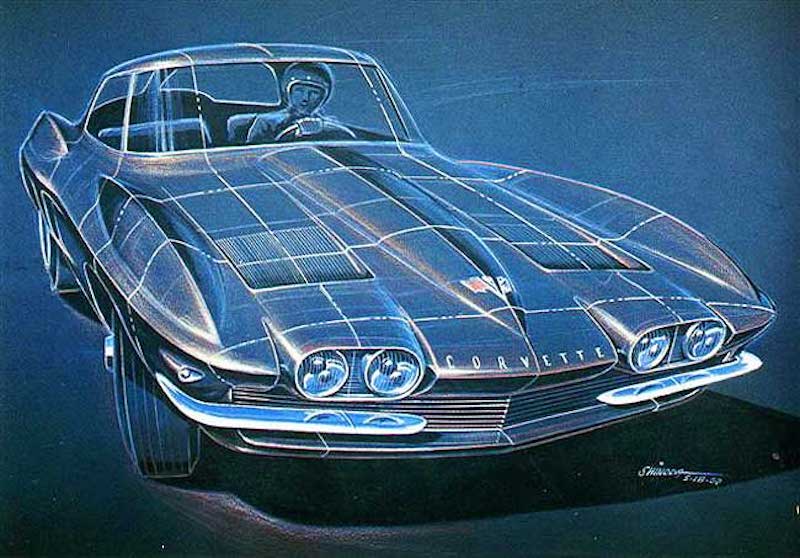
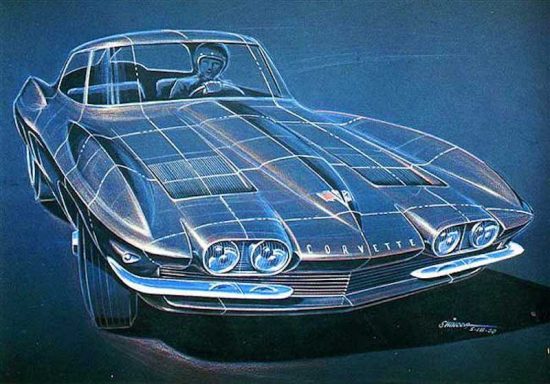
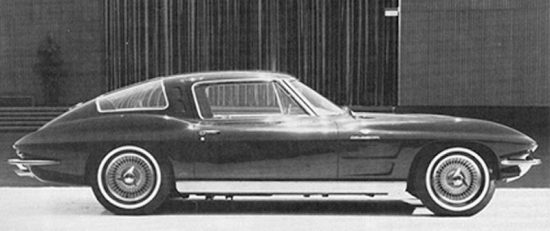
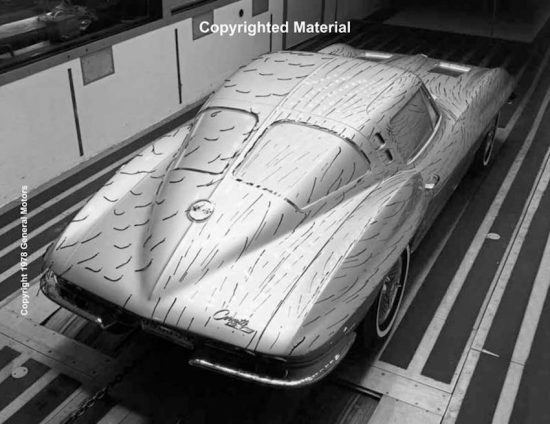
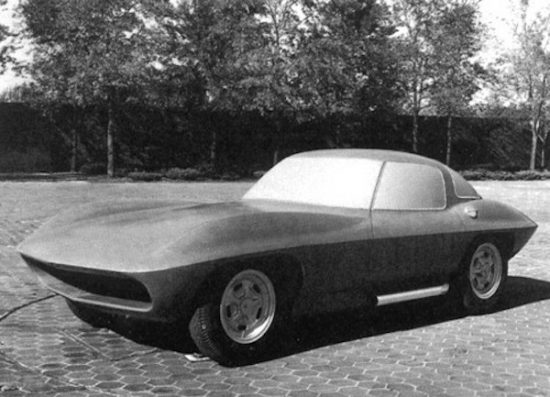
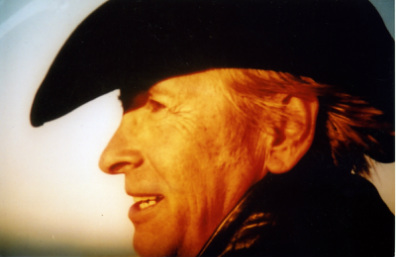
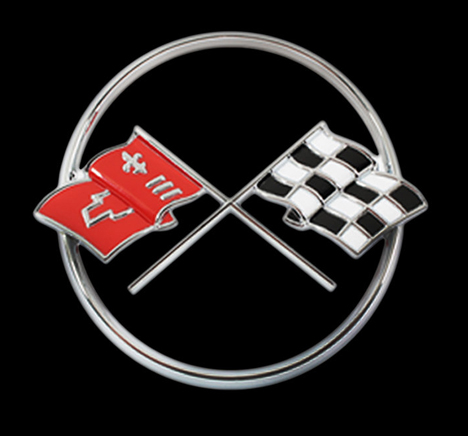
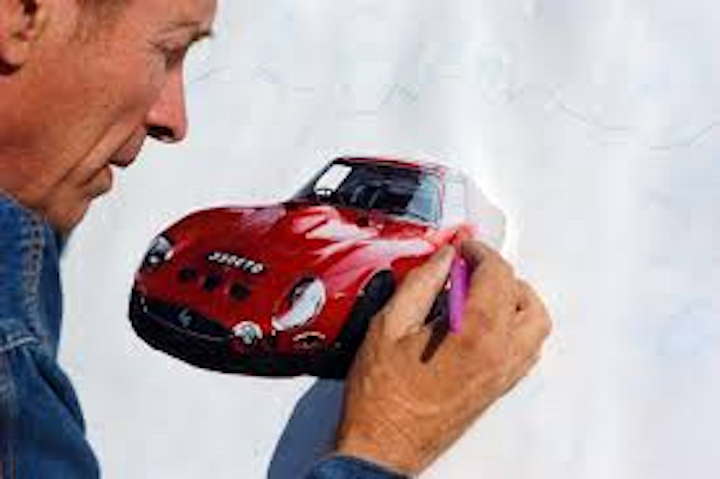

The knockoffs were not discontinued due to air leakage or manufacturing defects. The NHTSA outlawed the knockoffs, because they feared they would loosen up and fall off the axles. Another designer credited with the 1963 Stingray design, along with Larry Shinoda, is Peter Brock, who is also credited with designing the Cobra Daytona Coupe.
Shinoda is recognized and credited with the design of the PRODUCTION 1963 Corvette. GM National Heritage Trust assigns him that credit officially but allows that conceptually the car was penned by Pete Brock with themes and body references that ultimately found their way to the final design, through Shinodas capable hands.
The production version of the 63 convertible and fastback were critical to the advancement of GM design beyond the dated round designs of the 50s. Mitchell did his job keeping bean counters and management off the design. One thing both Earl and Mitchell did for their people and studio leads was protect and defend the conceptual integrity of the cars the teams passionately built. You can see that was not always the case in later years when other cars were released with significant compromises.
Shinoda, a passionate and often volatile personality was supercharged fire, totally dedicated to performance and power. He marketed it internally at GM and later Ford with a ferocity that only he could insist on. Then he delivered with great ideas, backing his bravado.
What are the odds of seeing two of these at the same Tucson Coffee and Cars event?
The other one. Actually there was a roadster too.
My father was a Chevrolet dealer, and I ordered one. It was silver with two speed automatic, because I could not drive a clutch yet. (You could get a license at 14 in South Carolina.) No one liked the car, because convertibles and 4-speed were the way to order. About 20 years ago, a Toyota dealer, who promoted and collected classic Corvettes for a year, knew I once owned it, and told me the car was valuable in part, because there was something unusual about the silver- paint-door interface. Shortly after I got the car, there was a GM strike, and I felt guilty driving it, so my father put it on his showroom floor for sale.